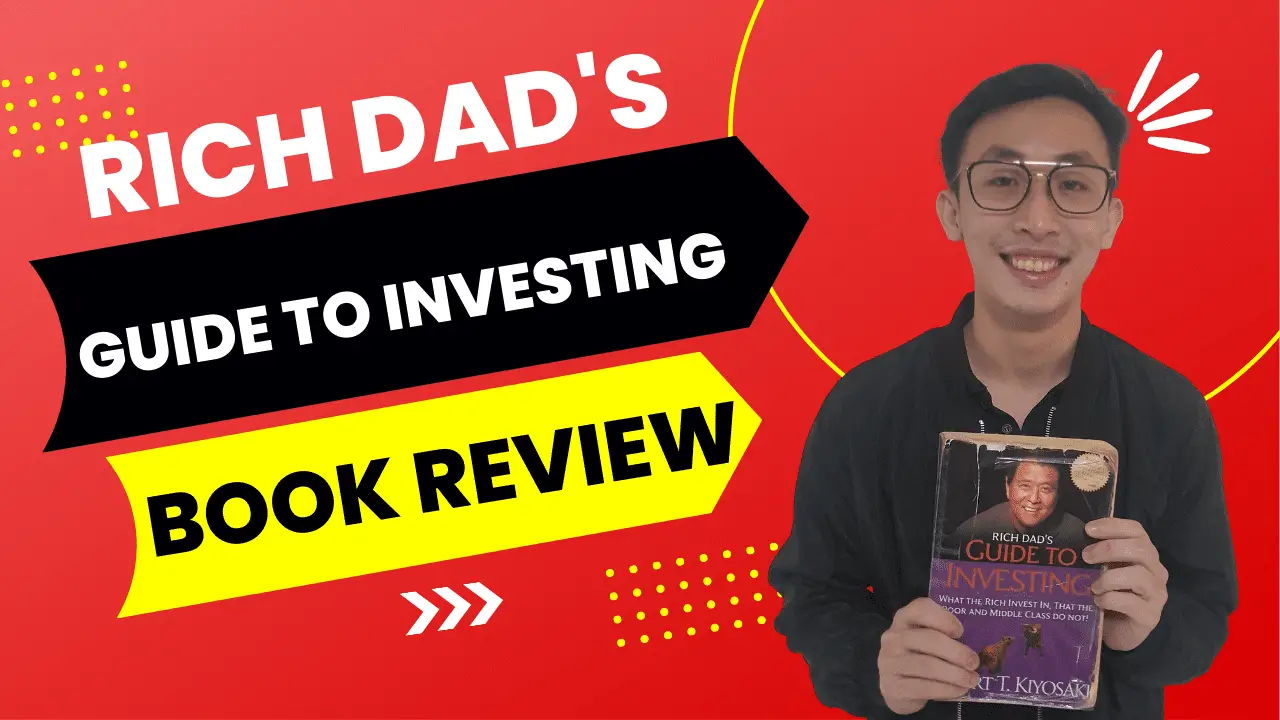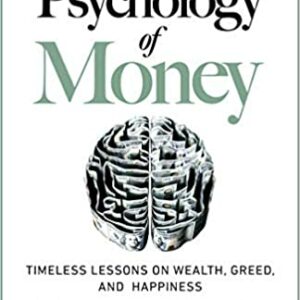Rich Dad Poor Dad’s Guide to Investing
Description
Rich Dad Poor Dad books by Robert Kiyosaki is an award-winning book for beginners to learn about money-making. One of the main reasons most people should read Rich Dad Poor Dad is because they are most likely not thinking about money in the right manner. Money isn’t merely a means for purchasing material goods, as the book makes abundantly clear. Not only that but what we like about the books also is it allows readers to understand sophisticated terms about investing.
The reviews will not be in-depth so you the potential readers would have something to read. Here are some takeaways from reading Rich dad’s guide to investing.
Rich Dad’s Basic rules for investing

- Always know what kind of income you are working for. Ordinary earned income, portfolio income, or passive income
- Convert earned income into passive and portfolio income as efficient as possible
- Keep your ordinary earned income secure by purchasing security you hope to convert your earned income into passive income or portfolio income. Meaning to buy insurance to protect assets and liabilities
- It is the investor who is the asset or the liability. Investing is not risky, but it is the investor who is risky.
- A true investor is prepared for whatever happens. A non-investor tries to predict what and when things will happen
- If you are prepared, which means you have education and experience, and you find a good deal, the money will find you or you will find the money. Good deals seem to bring out the greed in people. So when a person finds a good deal, the deal – because it promises great rewards – attracts the cash. If the deal is bad and doesn’t promise great rewards, then it is really hard to raise the money.
- Have the ability to evaluate risk and reward
Lesson to remember

The first 3 chapters of the book provide great critical thinking on the perspective between the rich and the poor.
- E/S/B/I Quadrant, cashflow game
- Rich don’t work for money
- 3 fundamental reasons or choices for investing. Secure, comfortable, rich. Prioritize this
- The more security you need, the more scarcity there is in your life
- The more competitive you are, the more scarcity there is in your life. That is why people compete for jobs and promotions at work and compete for grades in school
- People who are creative, cooperative, and have good financial and business skills often have lives of increasing financial abundance.
- 3E every successful investor needs. Education, experience, and excess cash
- 5 D’s are required to become very rich, especially when you start with nothing. They are: Dream, Dedication, Drive, Data, Dollars
- Investing is a plan, not a product or procedure
5 phrases for becoming a sophisticated investor
Throughout the book, it emphasizes the idea of being a sophisticated investor. It goes in-depth into questioning the reading and how he/she can become one. And the question every sophisticated investor needs to know
- Are you mentally prepared to be an investor?
- What type of investor do you want to become?
- How do you build a strong business?
- Who is a sophisticated investor?
- Giving it back
What you need to know to be Financially Smarter

Along the way as Rich Dad educates the author about the author’s bad decision and sees how the author’s dad (poor dad) action is considered a bad financial decision. Along the way, it guides the reader into understanding the differences between good debt and bad debt.
- Good debt and bad debt
- Good losses and bad losses
- Well spent expenses and unnecessary expenses
- Tax payments vs tax incentives
- Corporations who work for versus corporations who own
- How to build a business, how to fix a business, and how to take a business public
- The advantages and disadvantages of stocks, bonds, mutual funds, businesses, real estate, and insurance products as well as the different legal structures and when to use which product
Formula to remember
90/10 Investor. 10% of investors make 90% of the money and the other 90% only make 10% of the money Rich Dad’s Guide to Investing
This review will end with a head pondering the question. Are you a sophisticated investor in the 10% or are you in the 90%? By thinking like the 10% you will eventually be able to achieve that level of success.










Reviews
There are no reviews yet.